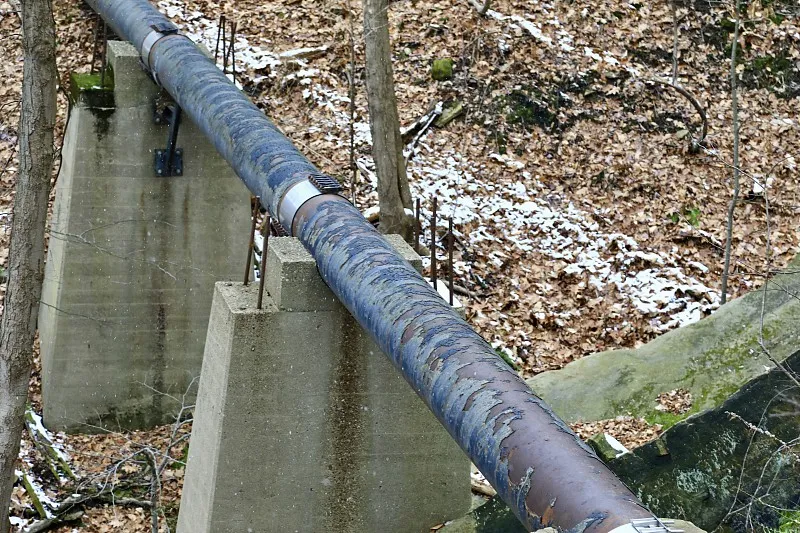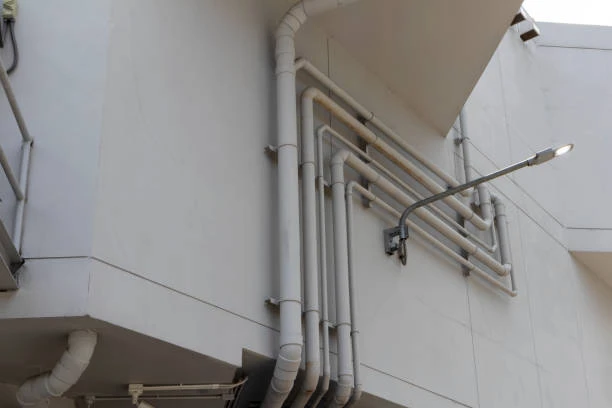Introduce PPR Pipe
In the ever-evolving world of piping solutions, PPR Pipe (Polypropylene Random Copolymer) has emerged as one of the most reliable and durable materials for plumbing systems. Westlake Pipe & Fittings, a leading manufacturer and supplier of high-quality piping solutions, has been at the forefront of innovation, recognizing the tremendous potential of PPR pipe in various industries. With its superior performance, cost-effectiveness, and sustainability, the future of PPR pipe looks exceptionally bright. In this article, we will explore why Westlake Pipe & Fittings is optimistic about the future of PPR pipe, its advantages, and how it is set to revolutionize plumbing and infrastructure projects worldwide.
What is PPR Pipe?
PPR pipe, also known as Polypropylene Random Copolymer pipe, is a thermoplastic piping material made from a high-quality polymer that is designed for a wide range of applications, particularly in plumbing and heating systems. The PPR pipe system is known for its excellent resistance to high temperatures, corrosion, and pressure, making it ideal for both residential and commercial installations.
PPR pipes are commonly use in hot and cold water distribution, heating systems, and industrial applications due to their strength and longevity. They are available in a variety of sizes, from small diameter pipes for domestic use to large diameter pipes for industrial applications, making them highly versatile.
Why is PPR Pipe Gaining Popularity?
PPR pipe’s rise in popularity can be attribute to several key factors that make it stand out from traditional piping materials like PVC, copper, and steel. Some of the most significant advantages of PPR pipes include:
1. Durability and Longevity
PPR pipes are highly durable and can last for over 50 years with proper installation and maintenance. They are resistant to corrosion, which is a common problem with metal pipes, especially in harsh water conditions. This resistance to corrosion extends the lifespan of the pipe and reduces the need for frequent replacements.
2. Heat Resistance
One of the standout features of PPR pipe is its ability to withstand high temperatures. It is resistant to both hot and cold water, making it ideal for use in hot water distribution systems in residential, commercial, and industrial applications. The material can handle temperatures ranging from -10°C to 95°C, ensuring reliable performance over time.
3. Energy Efficiency
PPR pipes are also highly energy-efficient, as they have low thermal conductivity. This means that they help maintain the temperature of the water passing through them, reducing heat loss and improving the overall energy efficiency of the plumbing system. This is particularly beneficial in heating applications, where it can help reduce energy costs.
4. Environmental Sustainability
With growing concerns about environmental impact, PPR pipes are seen as an eco-friendly option. They are made from recyclable materials, and their production generates fewer emissions compared to other types of pipes. Furthermore, because PPR pipes are durable and require less maintenance, they reduce the overall environmental footprint over time.
5. Ease of Installation
PPR pipes are lightweight and easy to handle, making the installation process quicker and more efficient. They can be welde together using a heat fusion technique, creating a strong, leak-free connection. This method of joining pipes eliminates the need for additional fittings and adhesives, reducing the complexity and cost of installation.

Westlake Pipe & Fittings’ Commitment to PPR Pipe Innovation
Westlake Pipe & Fittings has been a key player in the development and distribution of PPR pipes for various industries. The company has always been committe to providing innovative solutions that meet the highest standards of quality and performance. By continuously improving their product lines and adopting the latest manufacturing technologies, Westlake Pipe & Fittings ensures that their PPR pipes deliver unmatched reliability and durability.
Investing in R&D PPR Pipe
Westlake Pipe & Fittings places a strong emphasis on research and development (R&D) to stay ahead of market trends and technological advancements. The company is continuously improving its PPR pipe products to ensure they meet the evolving needs of their customers. This includes enhancing the chemical composition of the pipe material for greater strength and resistance to wear and tear.
Expanding Global Reach PPR Pipe
As the demand for PPR pipe continues to grow across the globe, Westlake Pipe & Fittings has expanded its operations to several international markets. By building strategic partnerships with distributors and suppliers worldwide, the company ensures that its high-quality PPR pipe solutions are available to customers in a variety of sectors, from residential and commercial to industrial and infrastructure projects.
Commitment to Sustainability
Westlake Pipe & Fittings is also dedicate to sustainability. As part of their commitment to reducing environmental impact, the company ensures that its PPR pipes are made using eco-friendly processes and materials. This aligns with global efforts to create greener and more sustainable construction solutions.
Future Prospects of PPR Pipe
The future of PPR pipe looks incredibly promising. As the world continues to shift towards sustainable, cost-effective, and durable materials, PPR pipes are well-positione to meet the growing demand for high-performance plumbing solutions. Several trends suggest that PPR pipe will play a pivotal role in the development of infrastructure and residential projects in the coming decades.
1. Growing Demand in Developing Markets
With urbanization accelerating in developing regions, the demand for reliable plumbing systems is expecte to increase significantly. PPR pipes, with their long lifespan, cost-effectiveness, and resistance to corrosion, are perfectly suite to meet the needs of these rapidly growing markets.
2. Expansion in Green Building Projects
Sustainable building practices are becoming more common, with an increasing focus on eco-friendly materials. PPR pipes, due to their recyclability and energy-efficient properties, are expecte to play a significant role in green building projects. This trend is expecte to continue, especially with stricter building regulations focused on reducing environmental footprints.
3. Integration with Smart Plumbing Systems
The plumbing industry is also embracing smart technologies that allow for better monitoring and control of water usage. PPR pipes, with their high durability and resistance to various elements, are expecte to integrate seamlessly with smart plumbing systems that help improve water efficiency and reduce waste.
4. Innovative Product Development
Westlake Pipe & Fittings continues to invest in innovative product development to address new challenges in the plumbing and infrastructure sectors. This includes the creation of enhanced PPR pipe systems that are even more resistant to extreme conditions and capable of handling higher pressures and temperatures.
Conclusion
The future of PPR pipe looks exceptionally bright, and Westlake Pipe & Fittings is well-positione to continue leading the charge in this rapidly growing market. With its superior durability, ease of installation, and environmental benefits, PPR pipe offers an ideal solution for a wide range of plumbing and infrastructure applications. As the demand for sustainable, high-performance materials grows, PPR pipes will continue to play a critical role in building a more efficient and eco-friendly future.
Westlake Pipe & Fittings’ commitment to innovation, sustainability, and global expansion ensures that they will remain at the forefront of this exciting and dynamic industry for years to come.
Frequently Asked Questions (FAQs)
1. What is the main advantage of using PPR pipe over other materials like PVC or copper?
PPR pipe offers superior durability, heat resistance, and resistance to corrosion compared to PVC and copper. It also has better longevity, which reduces maintenance and replacement costs over time.
2. How long do PPR pipes last?
PPR pipes have an average lifespan of 50 years or more with proper installation and maintenance, making them a highly durable and cost-effective solution for plumbing systems.
3. Can PPR pipes be use for both hot and cold water systems?
Yes, PPR pipes are suitable for both hot and cold water distribution systems, withstanding temperatures ranging from -10°C to 95°C.
4. Are PPR pipes environmentally friendly?
Yes, PPR pipes are made from recyclable materials and are designed to have a minimal environmental impact. Their durability and energy efficiency contribute to a greener plumbing solution.
5. How are PPR pipes installed?
PPR pipes are typically joine using heat fusion welding, which creates strong, leak-free connections. This method is quick, efficient, and eliminates the need for additional fittings or adhesives.


















